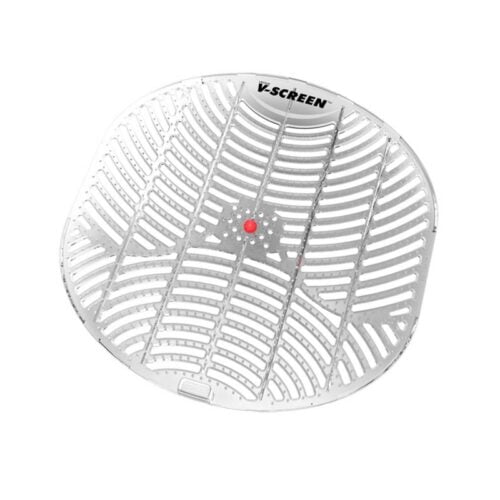
When it is time to clean, many people do not take into factor the type of cleaning supplies they are using. For mopping, many just grab whatever product is available and begin scrubbing. However, maintaining a pristine home can become quite a challenge, especially when using the wrong materials for the job.
Mops, a cleaning tool that has evolved throughout many centuries, now have a multitude of different uses and purposes. All mops do not have the same function and can be easily misused by the misinformed. A little knowledge goes a long way in choosing the right mop for any cleaning situation. Here, we discuss the characteristics of the most popular types of mops to help you decide which mop best suits your needs.
String Mop/ Deck Mop
The most commonly known and oldest type of mop, the use of the string mop has been documented as far back as the late 1400s. The string mop is constructed with a simple pole attached to heavy duty cotton or rayon strings. This type of mop can also come in polyester microfibers for higher sanitation, longer durability, but less absorbency. An easy go-to for heavy duty cleaning purposes, this mop is the most versatile. It can be used for both indoor and outdoor floor cleaning. However, be aware that this is not the most optimal option for effective indoor cleaning as string mops require a bucket and a wringer to remove excess water. String mops also tend to leave behind unsightly streaks – something that isn’t too much of a concern outdoors, but more of a hassle indoors.
String mops can come in cut or looped strings. For extra absorbency and machine-washer friendly option, choose looped strings.
Flat Mop
The flat mop is a popular method for floor cleaning. This type of mop is great for surfaces that cannot take too much water, such as hardwood, marble, and laminate flooring. Most flat mops contain reusable and disposable pads and a reservoir to spray a cleansing solution onto surfaces. Some pads can be placed in a washing machine or come with an electric steam generator, such as the steam mop. However, because of the excessive moisture, steam mops should never be used on wood. The flat mop is optimal for daily cleaning and getting hard to reach areas such as corners. These common mops can be stored easily are relatively inexpensive to maintain. Flat mops are a better choice than the string mop for an indoor streak-free shine.
Sponge Mop
Sponge mops contain sponge material for the head and generally come with wringer attachment. Usually, the wringer is not very effective and leaves streak marks. Some have detachable heads that can be cleaned or replaced. Sponge mops are targeted for linoleum and uneven surfaces like tile flooring. Although great for scrubbing and removing build up, sponge mops must be maintained properly. Like a kitchen sponge, sponge material is a breeding ground for bacteria and mold. These types of mops should be cleaned, fully dried and replaced appropriately. However, sponge mops make outstanding wall cleaners.
Dust Mop
Also called dry mops, these types of mops have become extremely popular. The dust mop is more of a broom or duster than an actual mop. Since most do not use moisture or a cleansing solution, this product is not a true mop. Dust mops are mostly used for light cleaning because it will not remove stains or shine a floor. Dust mops are most effective at dry cleaning and collecting surface dirt. However, these “mops” are excellent for dusting ceilings, walls, light fixtures, and ceiling fans as well and is most commonly used for those purposes. Many come with replaceable heads that can be cleaned and reused. The mop heads are typically made from synthetics or microfibers.
Strip Mop
The strip mop consists of strips of synthetic fabrics with a wringer placed on the bottom of the handle. More convenient than a string mop, these are easier to maintain but not as absorbent. Most heads are machine washable and can be used on floors as well as reaching high surfaces like cabinets. Strips mops are more effective at scrubbing than flat mops and generally have fast-drying synthetic materials that cut down on bacteria growth. Strip mops are typically not as durable as other mops and often need cleaning and replacing.
Microfiber Mop
As discussed, many mops contain microfibers for efficient cleaning. A microfiber mop can be structured like a flat mop or a string mop. Many that appear as a string mop contain a convenient wringer. Microfiber flat mops come with replaceable and reusable pads that properly attract and hold dirt, hair and bacteria. Because of the low maintenance and effective cleansing power of the fabric, microfiber mops make a great choice for businesses and commercial buildings. Microfiber mops are multipurpose products, as they can clean hardwood, stone and tile flooring.
A Final Word
There is a little more to mopping than meets the eye. Each cleaning situation warrants its own special type of mop, so it’s always beneficial to have a few different mops on hand to tackle cleaning needs for any situation.






